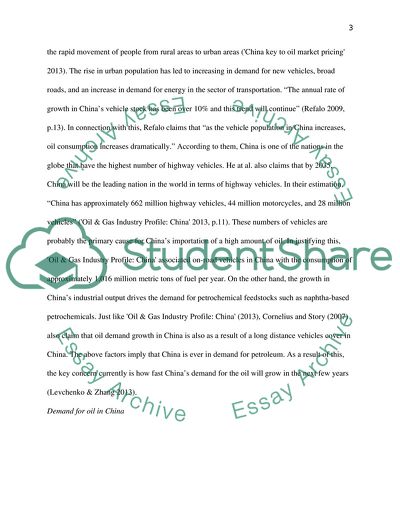Cite this document
(The impact of China on world oil markets Research Paper, n.d.)
The impact of China on world oil markets Research Paper. https://studentshare.org/macro-microeconomics/1851613-the-impact-of-china-on-world-oil-markets
The impact of China on world oil markets Research Paper. https://studentshare.org/macro-microeconomics/1851613-the-impact-of-china-on-world-oil-markets
(The Impact of China on World Oil Markets Research Paper)
The Impact of China on World Oil Markets Research Paper. https://studentshare.org/macro-microeconomics/1851613-the-impact-of-china-on-world-oil-markets.
The Impact of China on World Oil Markets Research Paper. https://studentshare.org/macro-microeconomics/1851613-the-impact-of-china-on-world-oil-markets.
“The Impact of China on World Oil Markets Research Paper”. https://studentshare.org/macro-microeconomics/1851613-the-impact-of-china-on-world-oil-markets.


